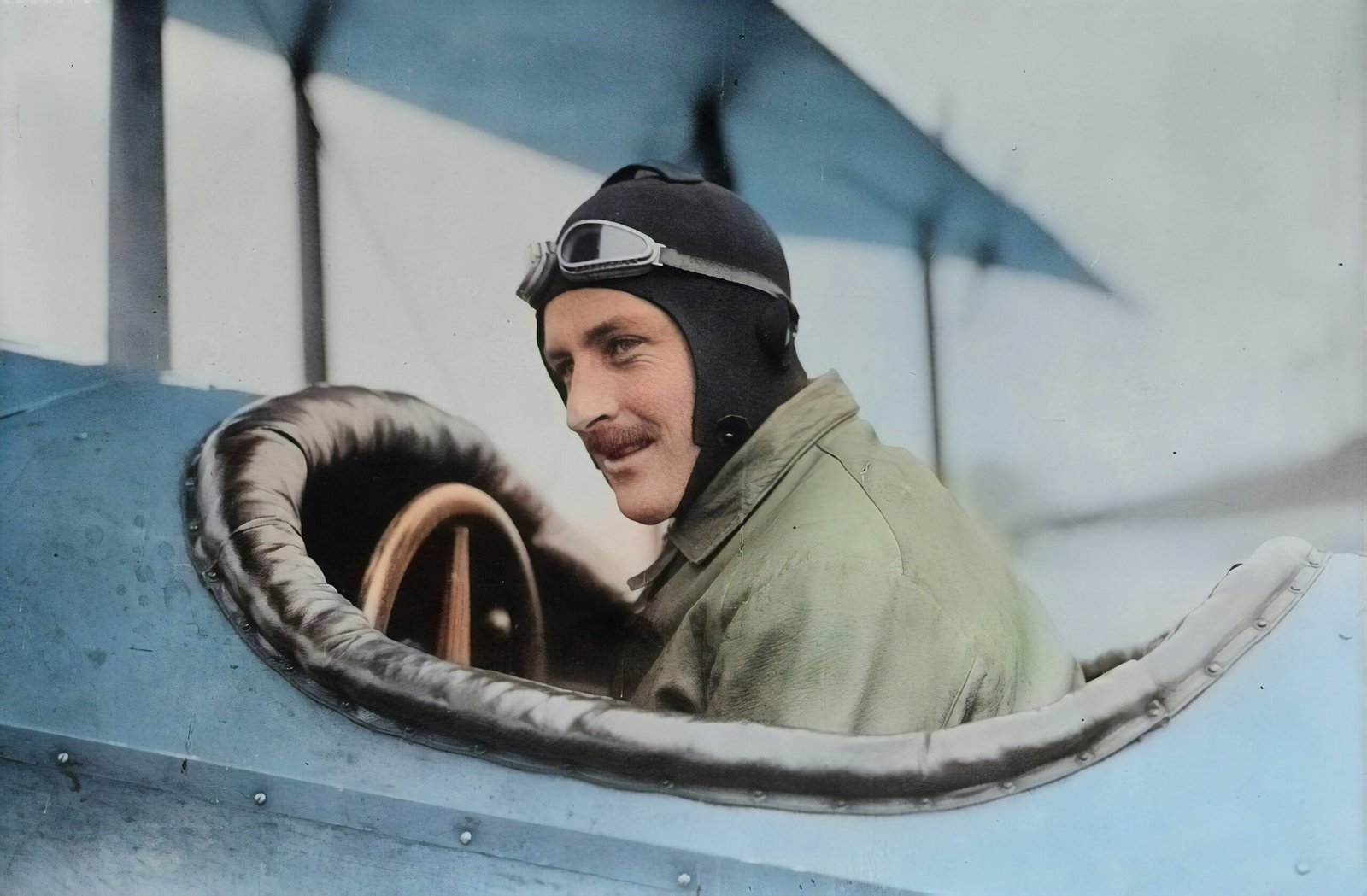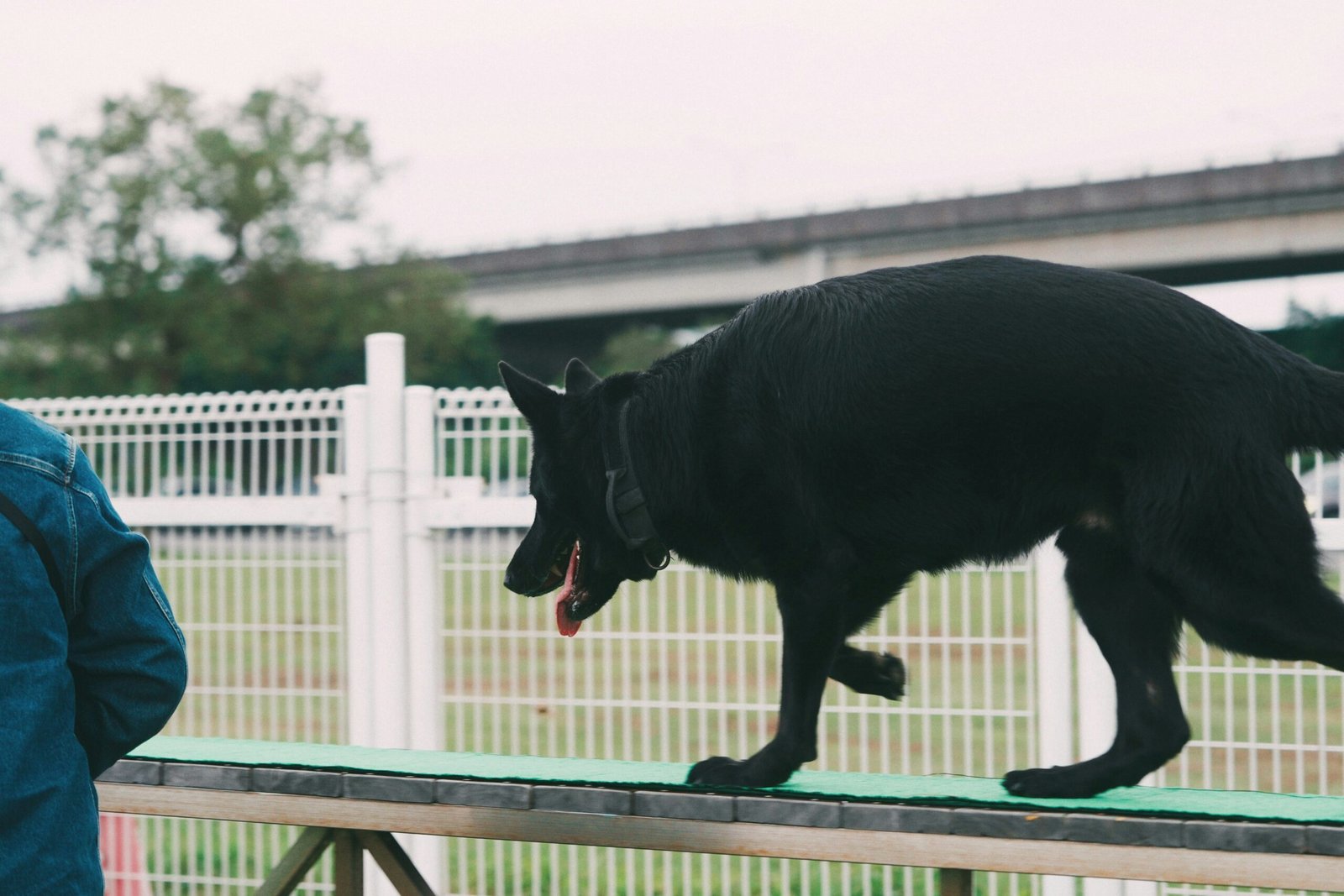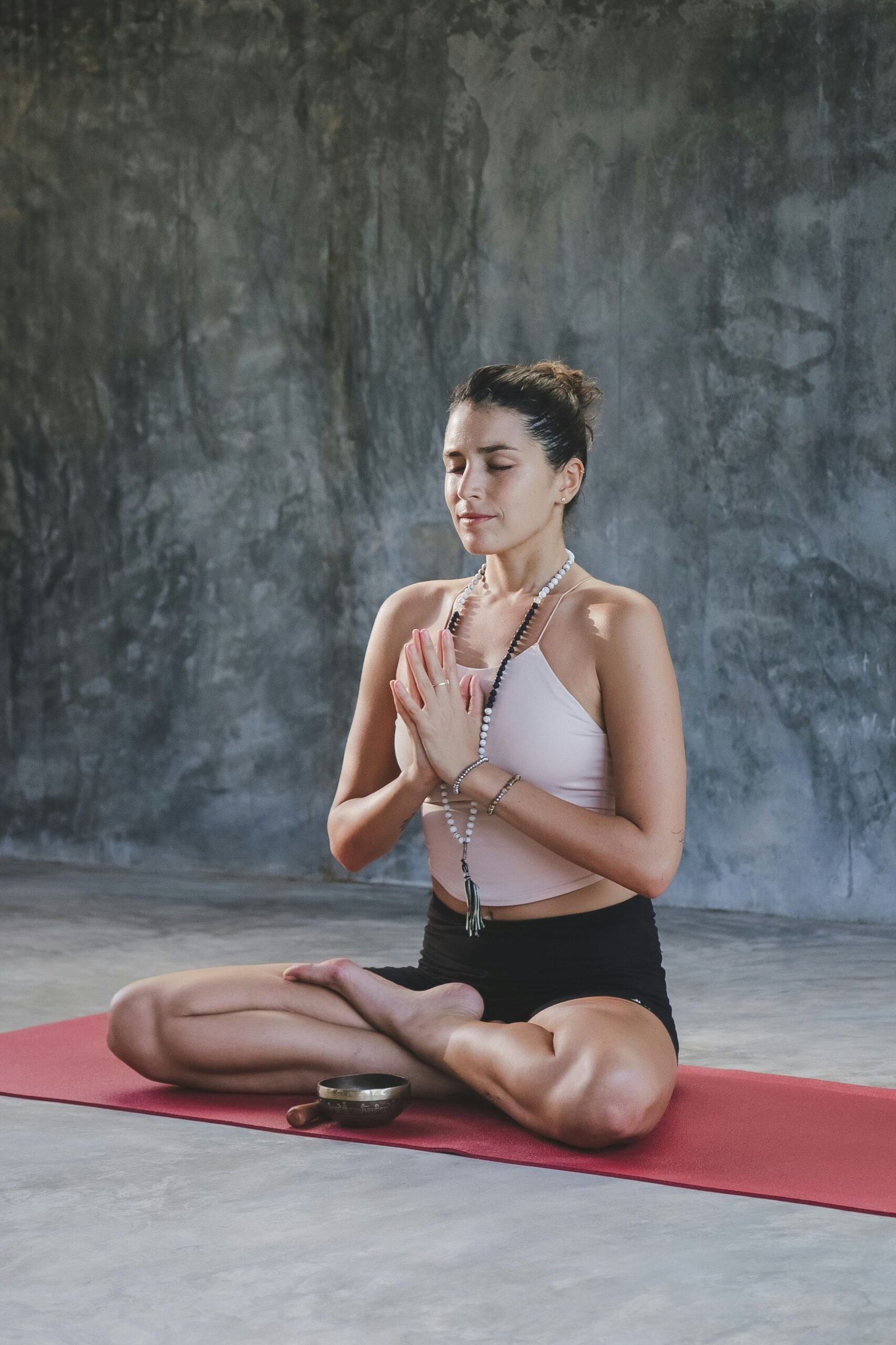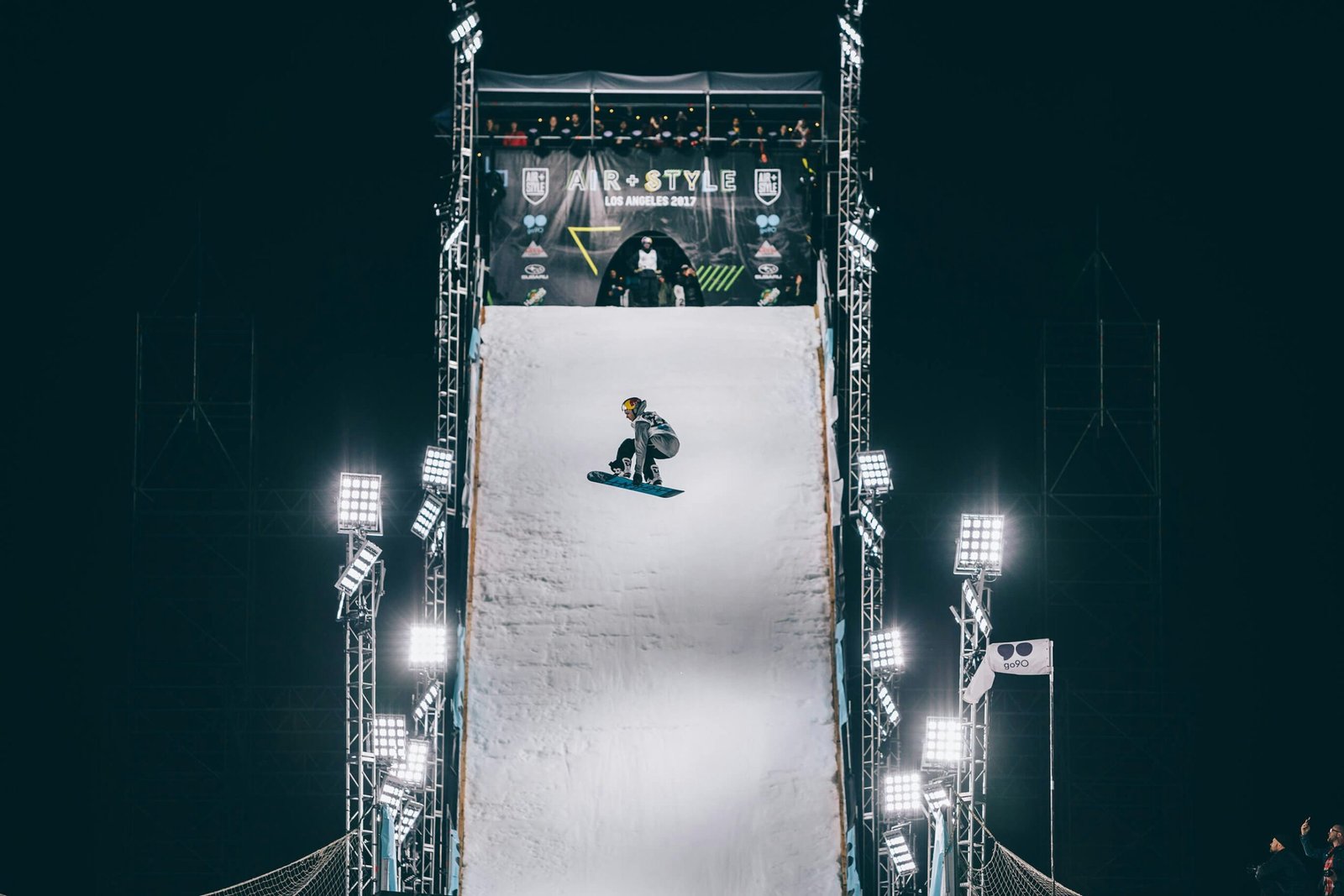Introduction to Capoeira
Capoeira is a captivating and multifaceted form of martial art that originated in Brazil, developing as a unique cultural expression among enslaved Africans in the 16th century. This art form stands out due to its distinct combination of dance, music, and acrobatics, allowing practitioners to engage in what resembles a fluid conversation through movement. Unlike conventional martial arts that emphasize rigid techniques and combat, capoeira integrates rhythm and creativity, creating an engaging spectacle that often captivates audiences worldwide.
The roots of capoeira can be traced back to the African cultures that were forcibly brought to Brazil, particularly those from Angola. These enslaved individuals devised capoeira as a means of self-defense and a way to preserve their cultural identity in the face of oppression. Concealed beneath the guise of dance, capoeira enabled practitioners to train and hone their skills without drawing attention from their captors. Over time, this art form became an essential part of Afro-Brazilian heritage, symbolizing resilience and community.
Capoeira is characterized by its circular movements, allowing participants to perform various kicks, spins, and acrobatic maneuvers while maintaining a continuous flow. The accompanying music—often featuring traditional instruments such as the berimbau, atabaque, and pandeiro—plays a fundamental role in setting the tempo and atmosphere for the practice. This harmonious relationship between physical movement and musical rhythm emphasizes the artistic aspect of capoeira, distinguishing it from more conventional martial disciplines.
Today, capoeira is recognized not only as a martial art but also as a cultural phenomenon that promotes social cohesion, self-discipline, and physical fitness. As capoeira continues to evolve, its impact extends beyond Brazil, fostering global communities that celebrate its rich history and artistic expression.
The Origins of Capoeira
Capoeira, a Brazilian martial art that combines elements of dance, acrobatics, and music, has its roots deeply embedded in the cultural and historical context of 16th-century Brazil. The art form emerged largely from the African traditions brought to the continent through the transatlantic slave trade. Enslaved Africans who were forced into labor in Brazil found solace in creating a new form of expression that combined their cultural practices, which served as both a means of resistance and a way to foster community.
The origins of capoeira can be traced back to various African ethnic groups, each contributing unique elements to its development. These groups utilized rhythmic movements, songs, and chants as a way to preserve their cultural identity in the face of oppression. The practice often took place in secret, as enslaved individuals had to navigate strict colonial laws prohibiting gatherings and forms of resistance. This clandestine practice allowed them to maintain a sense of identity and camaraderie, and served as a vibrant form of protest against their conditions.
Capoeira also played a crucial role in the formation of communities among enslaved people. It was not merely a form of physical training; it functioned as a social network that connected individuals through shared skills and experiences. Over time, capoeira evolved as an effective means of self-defense, enabling participants to protect themselves against harsh treatment and violence inflicted by their oppressors. Much of its music and dance-like movements can be seen as both celebration and rebellion, encapsulating the struggle for freedom and autonomy. Thus, the essence of capoeira lies in its ability to unify adrenaline-fueled movements with spiritual resilience, promoting a legacy that continues to thrive in today’s culture.
Evolution Through the Years
Capoeira’s evolution is deeply intertwined with Brazil’s socio-political landscape, making it a unique representative of cultural resilience and transformation. In its formative years during the 19th century, capoeira emerged as a form of self-defense and cultural expression among enslaved Africans in Brazil. It served as a means of resistance against oppression, combining martial arts with dance, music, and acrobatics. The practice was viewed with suspicion by the ruling classes, resulting in the criminalization of capoeira by the late 19th century. This association with organized crime and the marginalized segments of society led to a push for its clandestine practice, often in back alleys and urban neighborhoods.
As the 20th century approached, a significant shift began to take place. Capoeira started to gain popularity among the Brazilian populace, as it was embraced by various communities as a symbol of cultural pride. The establishment of formal schools in the early to mid-20th century marked a notable turning point in capoeira’s trajectory. Prominent figures, such as Mestre Bimba and Mestre Pastinha, played pivotal roles in this renaissance. They sought to codify the practices and teachings of capoeira, thereby facilitating its spread across Brazil and beyond. The development of structured training regimens and the retention of traditional music and instruments helped solidify capoeira’s status, transforming it into a respected cultural practice.
In this context, capoeira transcended its initial connotations; it evolved from a tool of resistance to a celebrated cultural phenomenon. During the latter half of the 20th century, capoeira began to garner international recognition, leading to a significant global following. Today, capoeira is practiced worldwide, representing a blend of physical artistry and cultural heritage, while maintaining its historical roots. This evolution underscores capoeira’s adaptability, showcasing its capacity to thrive despite challenges and to assert its identity within the broader spectrum of Brazilian culture.
Capoeira’s Cultural Significance
Capoeira transcends mere physicality; it is a vital form of cultural expression deeply rooted in the history of Brazil. This Afro-Brazilian martial art blends elements of dance, music, and acrobatics, while also serving as a historical narrative that reflects the experiences and struggles of enslaved Africans who sought freedom and autonomy. In this context, capoeira is not merely a performance; it acts as a repository of cultural memory and a means to convey stories, traditions, and collective identity.
The movements and rhythms of capoeira are infused with a rich historical background that connects practitioners to their African heritage. Through its unique blend of martial techniques and expressive movements, it embodies a simultaneous negotiation of freedom and resistance. The art form’s roots in rebellion against oppressive forces impart a sense of pride and resilience to practitioners, making it a crucial aspect of the African Brazilian identity. In this way, capoeira serves not only as a tool for physical expression but as an identity marker for communities navigating the complexities of modern Brazilian society.
Moreover, capoeira plays a significant role in fostering community and solidarity among its practitioners. It creates an inclusive environment wherein individuals collaborate, share experiences, and develop relationships, which helps strengthen communal bonds. This sense of unity is enhanced during capoeira events, such as rodas (capoeira circles), where individuals from diverse backgrounds gather to practice and celebrate their shared passion. This collective practice promotes mutual respect and understanding, reinforcing the importance of social cohesion. As capoeira continues to evolve and reach global audiences, its cultural significance remains, affirming its role as a vibrant symbol of African Brazilian culture and a source of communal strength.
The Role of Music and Instruments
Music is an integral aspect of capoeira, both enriching the practice and framing its social interactions. The synergy between movement and music creates a heightened environment, enhancing the overall capoeira experience. The distinctive sounds not only serve as a backdrop but also guide the tempo and style of the practitioners’ movements during a roda, or circle, where capoeira is performed.
One of the most significant instruments used in capoeira is the berimbau, a single-stringed percussion instrument that provides the foundational rhythm for the game. The berimbau sets the mood, indicating whether the capoeira played should be fast-paced and aggressive or slower and more playful. This instrument requires a skilled player to master its nuances, as it produces different sounds using a combination of striking techniques and the manipulation of a stone or coin against the metal string.
Along with the berimbau, the atabaque and pandeiro complete the traditional ensemble. The atabaque is a large drum that adds depth to the music, creating a vibrant beat that resonates with the movements of the capoeiristas. The pandeiro, a type of frame drum, enhances the rhythmic complexity and stimulates the dancers with its syncopated patterns. Together, these instruments forge a rich tapestry of rhythm and sound, facilitating a pulsating atmosphere during practice or performance.
Additionally, traditional songs often performed in Portuguese accompany the practice, reflecting the cultural heritage of capoeira. These songs range in theme from expressing the joys and struggles of daily life to encapsulating historical narratives related to resistance and resilience. The lyrics serve not only as a means of artistic expression but also as a way to transfer cultural knowledge, promoting cohesion among practitioners.
In conclusion, the role of music and instruments in capoeira is profound, serving as a foundation for the practice’s rhythm and depth while simultaneously reinforcing its cultural significance. Music creates an immersive experience, shaping the interactions between performers and fostering a sense of community within the art form. Through the berimbau, atabaque, and pandeiro, along with traditional songs, capoeira continues to be a vibrant and dynamic celebration of culture and identity.
Capoeira Today: Globalization and Modern Adaptations
Capoeira, an Afro-Brazilian martial art that combines elements of dance, acrobatics, and music, has witnessed considerable transformation as it transcends its Brazilian roots. Today, capoeira can be found in numerous countries around the world, gaining popularity not only as a form of exercise but also as a cultural expression that fosters community. The globalization of capoeira has led to the establishment of modern capoeira schools that adapt traditional practices to fit contemporary societal contexts. This adaptation often involves the incorporation of diverse cultural influences, reflecting the global community of practitioners.
One significant aspect of capoeira’s globalization is the expansion of its teaching methods. Traditional gemeenschap (community) and roda (circle) practices have been integrated into modern classrooms, where students of varying ages and backgrounds learn the art form. In some instances, schools emphasize the physical aspects of capoeira, focusing on fitness and self-defense, while others strive to maintain a deeper connection to its cultural heritage, teaching music, history, and philosophy alongside physical techniques. This bifurcation presents both challenges and opportunities for capoeira’s cultural preservation.
As capoeira schools proliferate worldwide, they face the ongoing challenge of maintaining the integrity of the art form. Some practitioners express concern over the dilution of capoeira’s cultural significance when it is taught without context, leading to a potential loss of the rich history and traditions inherent to the practice. Conversely, globalization also offers opportunities for cultural exchange and interdisciplinary learning, allowing capoeira to flourish and evolving its role in different societies. This dynamic interplay highlights the critical balance that must be achieved to sustain the relevant cultural heritage while embracing modern adaptations.
Capoeira as a Tool for Social Change
Capoeira, a Brazilian martial art with African roots, has transcended its origins to become a powerful agent for social change in various communities worldwide. Throughout history, capoeira has served not only as a form of self-defense but also as a means of cultural expression and social integration. Today, numerous initiatives incorporate capoeira into educational programs and community activism, aiming to empower marginalized groups and enhance their resilience.
One prominent example is the use of capoeira in schools, where it is integrated into physical education curricula. These educational programs focus on teaching students not just the physical aspects of capoeira but also its rich history and cultural significance. By learning capoeira, students develop discipline, teamwork, and confidence, which are essential skills that extend beyond the classroom. Moreover, these programs often serve as a safe space for children from disadvantaged backgrounds, promoting positive social interactions and reducing behavioral issues.
Additionally, organizations such as Capoeira for Change work within urban communities to engage youth in capoeira as a means of cultural preservation and personal development. These programs are particularly impactful in areas with high rates of violence and poverty. Participants gain not only martial arts skills but also pride in their heritage and community. By fostering a sense of belonging and identity, capoeira creates a supportive network that encourages young people to make constructive life choices.
Furthermore, capoeira’s capacity to break down social barriers makes it an effective tool for community activism. Workshops and performance events often bring together individuals from diverse backgrounds, promoting dialogue and understanding. This inclusivity is vital in addressing social inequalities and fostering community cohesion. Through these initiatives, capoeira proves to be more than a physical practice; it is a transformative tool that cultivates resilience, identity, and social empowerment. The integration of capoeira into community life demonstrates its potential to effect meaningful change and uplift those who need it most.
Famous Capoeiristas and Their Contributions
Capoeira, a martial art originating from Brazil, boasts a rich history shaped by numerous influential figures. These capoeiristas, both historical and contemporary, have played significant roles in the art form’s evolution, particularly in its pedagogy and global recognition. Their contributions reflect the dynamism of capoeira as it transitions from traditional practice to a recognized cultural symbol worldwide.
One of the most revered historical masters is Mestre Bimba, whose innovative approach to capoeira in the early 20th century greatly influenced its practice. He developed the “Capoeira Regional” style, integrating elements of gymnastics and rhythm to enhance its performance aspects. His efforts to formalize capoeira training and establish a structured school helped legitimize the art and paved the way for its sustainability. Mestre Bimba’s influence can still be felt today, as many contemporary schools continue to follow the techniques he introduced.
Another pivotal figure is Mestre Pastinha, known for his dedication to the traditional style of capoeira, “Capoeira Angola.” He emphasized the preservation of capoeira’s rich African heritage and fought against the mainstream commercialization of the art. His philosophy of “the game of avoidance” not only enriched the practice but also highlighted the cultural roots that anchor capoeira in Brazilian history. Pastinha’s teachings have inspired a resurgence in interest in Capoeira Angola among practitioners worldwide.
In modern times, influential capoeiristas such as Marta de Souza and João Grande have further expanded the art’s scope. Marta has been instrumental in promoting capoeira as a tool for social change, particularly among marginalized youth. João Grande, recognized for his exceptional skills and dedication, has worked diligently to spread capoeira internationally, emphasizing its role in promoting cultural dialogue and understanding. Each of these capoeiristas has contributed uniquely to capoeira’s rich tapestry, ensuring its relevance and accessibility in today’s global cultural landscape.
Conclusion: The Future of Capoeira
Capoeira, a dynamic blend of martial arts, dance, and cultural expression, has evolved significantly from its roots in Brazil’s colonial period. As we reflect on the profound historical influences shaping capoeira, we see a transformation that not only preserves its rich cultural heritage but also fosters innovation in practice and teaching. The future of capoeira is characterized by a dual commitment: honoring the traditions that define it and embracing modernity to attract new practitioners.
While capoeira continues to gain global recognition, it faces challenges such as commercialization, oversimplification, and cultural appropriation. These concerns highlight the necessity for practitioners and teachers to maintain the integrity of capoeira, ensuring that the principles and philosophies that founded this art form remain intact. Organizations and communities are increasingly recognizing the importance of educating newcomers about capoeira’s history, encouraging a deeper appreciation of its origins and significance within Afro-Brazilian culture.
As capoeira thrives in various parts of the world, it is also versatile enough to adapt to contemporary society. Innovations in teaching methods and styles are emerging, catering to different abilities and age groups, thereby expanding its reach. With global events, workshops, and cultural exchanges, capoeira continues to bridge gaps between diverse communities, fostering connections through shared movement and rhythm. This adaptability enables capoeira to flourish as both a martial art and a cultural expression that resonates with a modern audience.
In conclusion, the future of capoeira rests on the balance between honoring its rich history and embracing innovative practices. As the capoeira community navigates these ongoing challenges, it bears the responsibility to preserve its roots while inviting new generations to become part of this vibrant tradition, ensuring that the spirit of capoeira endures and evolves within the global landscape.








Leave a Reply